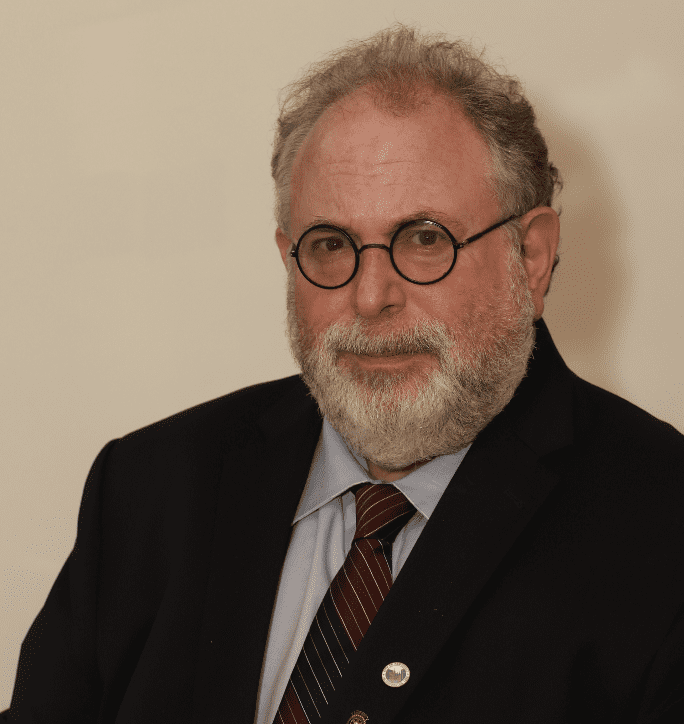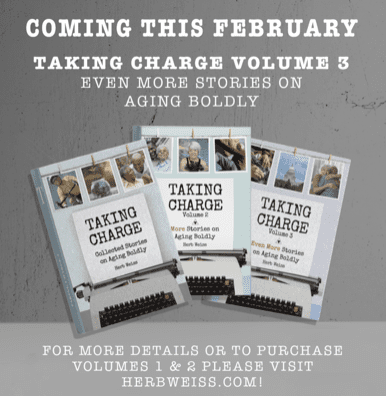Search Posts
Recent Posts
- U.S. Carries Out Limited Strike on Iran’s Known Nuclear Sites (Updates) June 22, 2025
- A Greener View: E. Coli vs. Vegetables, and Your Garden – Jeff Rugg June 22, 2025
- Rhode Island Weather for June 22, 2025 – Jack Donnelly June 22, 2025
- Ask Chef Walter: The Art and Science of Baking – Chef Walter Potenza June 22, 2025
- Gimme’ Shelter: Aurora is waiting for a home at the Providence Animal Control Center June 22, 2025
Categories
Subscribe!
Thanks for subscribing! Please check your email for further instructions.

How religious are we? National survey results. – Herb Weiss
By Herb Weiss, contributing writer, aging issues
According to an April 17 article in the National Catholic Register (NCR), outreach, Eucharistic revival, immigration—and perhaps even the Holy Spirit—are sparking spiritual renewal, not just in the United States, but also abroad.
NCR reports that France expects a surge in adult baptisms this year, estimated at more than 10,000. Meanwhile, England is witnessing a quiet Catholic revival, primarily driven by young male converts.
Closer to home, the Rhode Island Catholic, the newspaper of the Diocese of Providence, reported in its latest issue that “Boston Archbishop Richard G. Henning, S.T.D., was greeted by one of the largest crowds in years for a Chrism Mass at the Cathedral of SS. Peter and Paul. The church was packed with worshippers from across the diocese, and Archbishop Henning described being buoyed by the joyful spirit that began for him during his time as shepherd of the Diocese of Providence.”
What does research say about America’s Catholics?
According to a March 4, 2025 article “10 Facts About U.S. Catholics,” posted on the Pew Research Center’s (PRS) website, around 20% of U.S. adults identify as Catholic, translating to approximately 53 million Catholic adults nationwide.
Here are a few facts detailed in the article…
The share of Hispanic Catholics continues to rise. While since the year 2007, the percentage of white Catholics has dropped by 10 percentage points, the share of Hispanic Catholics has increased by 7 percentage points. In fact, 29% of U.S. Catholics are immigrants, or children of immigrants.
Demographically, Catholics tend to skew older: nearly 58% are age 50 or older. Regionally, 29% reside in the South, 26% in the Northeast, 25% in the West, and 20% in the Midwest.
In terms of education, 35% of U.S. Catholics are college graduates, while 27% have some college experience but no degree, and 38% have a high school diploma or less. Religiously, about three-in-ten Catholics attend Mass weekly or more, while 51% pray daily, and 44% say religion is very important in their lives.
Taking a look at America’s religious communities
PRS’s latest 393 page RLS report, “Decline of Christianity in the U.S. Has Slowed, May Have Leveled Off”, released on Feb. 26, 2025, suggests that the steady decline in Christian affiliation may be stabilizing. As of 2025, 62% of U.S. adults identify as Christian—a 9-point drop since 2014 and 16 points down from 2007—but that figure has held relatively stable between 60% and 64% over the past five years.
This latest RLS is the third major national study conducted by PRC over the past 17 years, each surveying around 36,908 randomly selected respondents. Since the U.S. Census Bureau does not collect religious data, the PRC’s work represents the largest ongoing national survey on religion and spirituality, providing insights into all 50 states, D.C., and 34 of the largest metropolitan areas.
The report, released February 26, 2025, also highlights trends in other faiths. While still in the single digits, the number of Americans identifying with non-Christian religions is growing:
- 1.7% are Jewish
- 1.2% are Muslim
- 1.1% are Buddhist
- 0.9% are Hindu
Meanwhile, 29% of Americans are religiously unaffiliated, identifying as atheists, agnostics, or “nothing in particular.” This group—often called the NONES — has grown rapidly in previous decades but appears to be plateauing.
Despite this shift, spiritual belief remains widespread:
- 86% believe in a soul or spirit
- 83% believe in God or a universal spirit
- 79% believe in something spiritual beyond the natural world
- 70% believe in an afterlife (heaven, hell, or both)
- 92% hold at least one of these spiritual beliefs
Still, the PRC’s RLS warns that signs point to potential future declines in religious affiliation, especially among younger Americans. The study found that only 46% of adults aged 18–24 identify as Christian, compared to 80% of those aged 74 and older. Younger adults are also less likely to pray daily (27% vs. 58%), less likely to attend monthly religious services (25% vs. 49%), and more likely to be religiously unaffiliated (43% vs. 13%).
In the Pew Research study of 2015, it was found, as it hhas been for many years, that Rhode Island is far-and-away the most Catholic state in the country, with 42 percent of Rhode Islanders consider themselves Catholic. Three states are tied for second place at 34 percent: Massachusetts, New Jersey and New Mexico.
Religion and Age
Older Americans continue to form the majority of many Christian denominations:
- 64% of mainline Protestants
- 57% of Catholics
- 54% of evangelicals
are age 50 or older.
By contrast, Muslims are among the youngest religious groups in the U.S., with three-quarters under the age of 50, and one-third younger than 30.
Among the religiously unaffiliated, about 70% are under 50, compared to 44% among the religiously affiliated, says the RLS.
The median age of U.S. Christians has climbed from 46 in 2007 to 55 in 2024, a trend mirrored across nearly all Christian subgroups. In contrast, the median age of the religiously unaffiliated and those in non-Christian religions has remained relatively stable since 2007.
When respondents were asked how their personal religiousness had changed over their lifetime:
- 44% reported no significant change,
- 29% said they had become less religious,
- 28% said they had become more religious.
The 2023–2024 RLS (The Religious Landscape Study) was conducted in English and Spanish from July 17, 2023, to March 4, 2024, among a nationally representative sample of 36,908 respondents. The survey has a margin of error of ±0.8 percentage points and a response rate of 20%.
This research was made possible through support from The Pew Charitable Trusts, with funding from Lilly Endowment Inc., Templeton Religion Trust, The Arthur Vining Davis Foundations, and the M.J. Murdock Charitable Trust.
To read the full report, visit: https://www.pewresearch.org/wp-content/uploads/sites/20/2025/02/PR_2025.02.26_religious-landscape-study_report.pdf.
___
Publisher’s Note: Herb’s column has been mentioned in Generations Beat Online – an e-newsletter sent to over 1,100 journalists, producers, and authors covering aging issues.
___
To read more articles by Herb Weiss, go to: https://rinewstoday.com/herb-weiss/

Herb Weiss, LRI ‘12, is a Pawtucket-based writer who has covered aging, healthcare, and medical issues for over 45 years. To purchase his books, Taking Charge: Collected Stories on Aging Boldly and its two sequels, visit herbweiss.com.
To purchase his books, Taking Charge: Collected Stories on Aging Boldly and two sequels, compiling weekly published articles, go to herbweiss.com – or purchase from Amazon.

.
